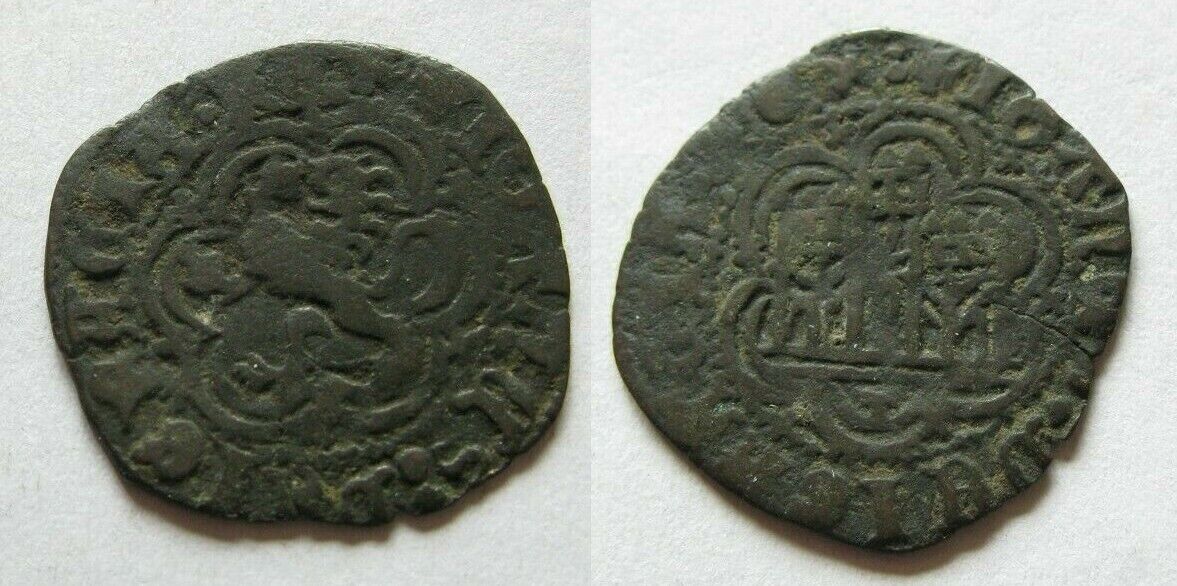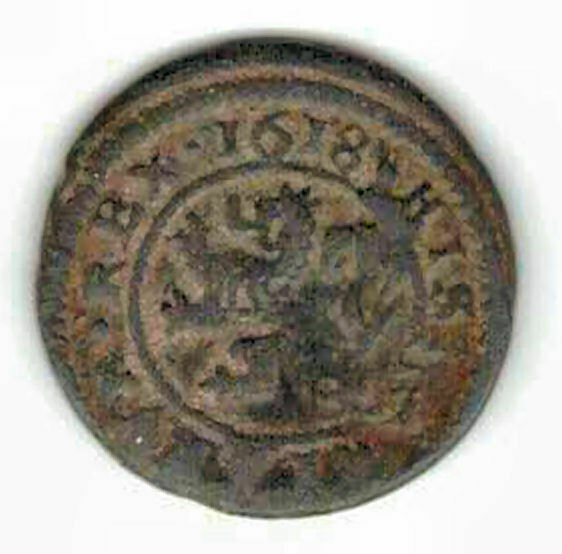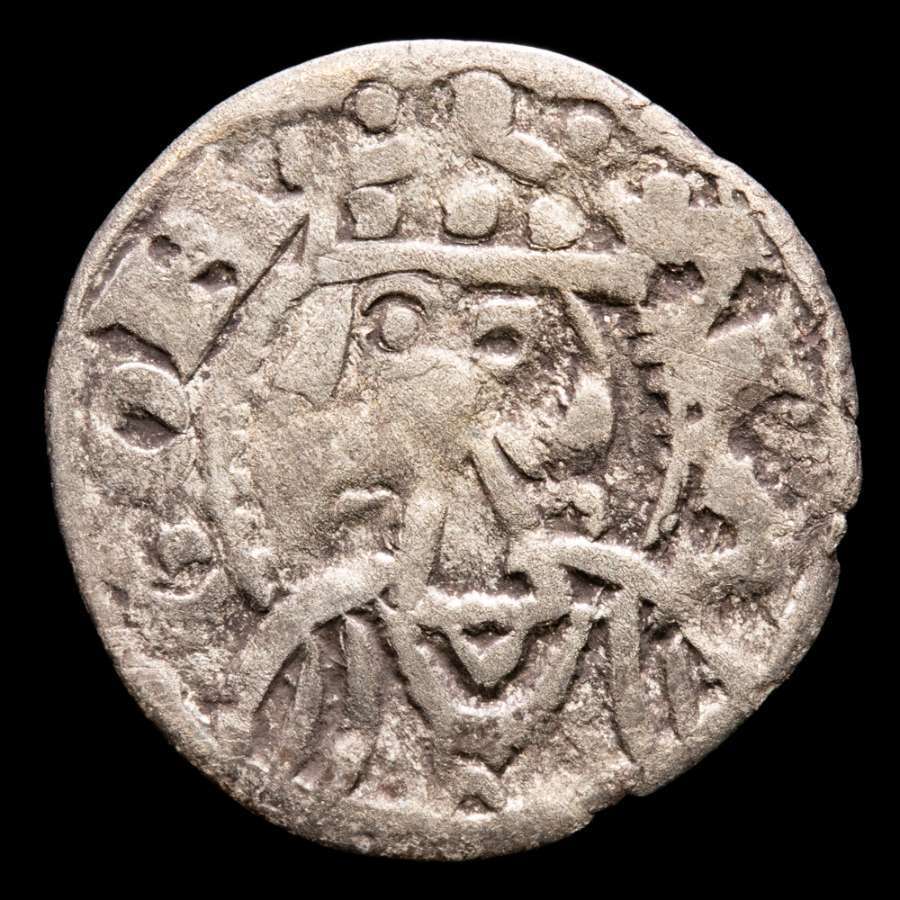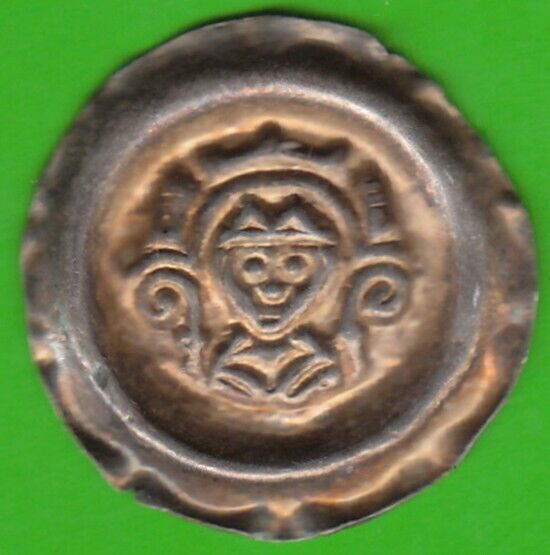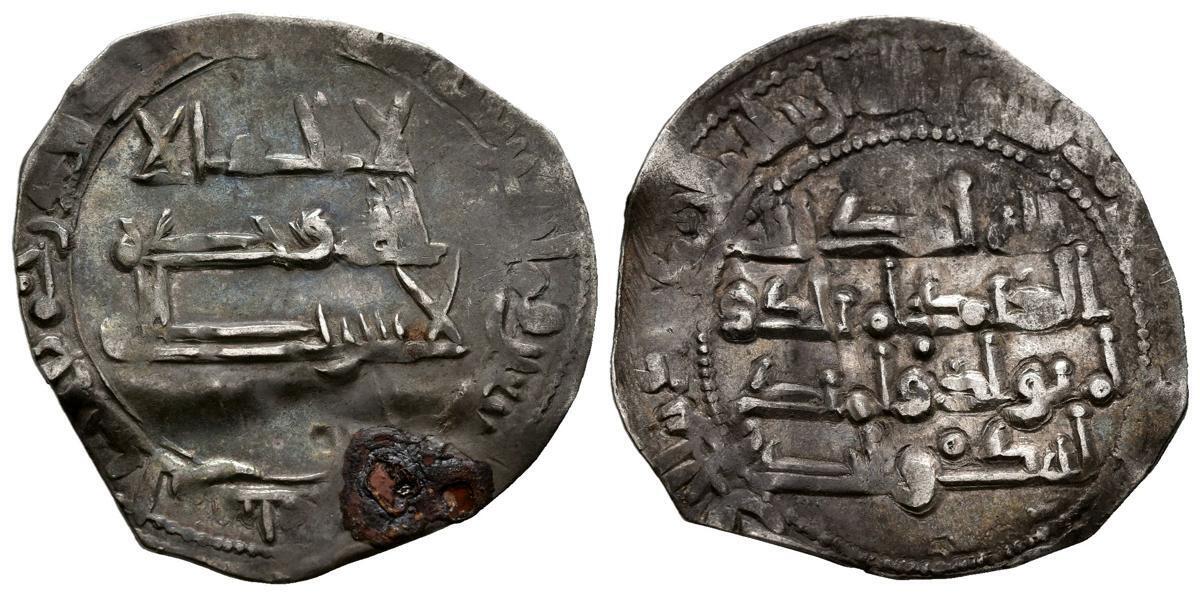-40%
Spanish Colonial Pirate Shipwreck 2 Reales Silver Cob Coin 14K Pendant Necklace
$ 422.37
- Description
- Size Guide
Description
Authentic Genuine Ancient (18th Century AD) Spanish Colonial 2 Reales Silver Cob Coin, set in a 14K Solid Yellow Gold Custom Made Artisan Bezel. Handmade Crackle Agate Natural Stone Necklace Included. Certificate of Authenticity Included.Face value:
2 Spanish Colonial Real. Composition: Silver. Shape: Cob.
Minted in Potosi, Bolivia, under authority of Charles III of Spain. Obverse: Cross of Jerusalem, castles and lions in quarters, mintmark P to left, engraver V to right; CAROLUS III D G HISPANIARVM REX. Reverse: Crowned pillars of Hercules and waves, value 2 at top center PLV SVL TRA; ET INDIARUMREX 1761. Reference: KM-43; Cal-687.
Pendant's approximate diameter is 23 mm. Handmade necklace's approximate length is 18". Please take a look at the photos - the actual item pictured.
Shipping fees: .99 (Priority Mail Service with Tracking Number and Signature Confirmation). Thank you for looking.
Historical Facts:
Starting in the reign of Philip II (1556 - 1598), the mints produced irregular coinage called cobs. Rather than rolling out a bar of metal into a sheet of a specific thickness that could then be cut into smooth round planchets which would be stamped into coins, a faster method was employed. A bar was simply cut into chunks of the appropriate weight. These sma
ll clumps were then treated as if they were finished planchets and were hammer struck between crude dies. In fact, the Spanish word "cabo" (from which the English "cob" is derived) refers to the end; in this instance, the clump of metal clipped off the end of the bar. The size, shape and impression of these cobs was highly irregular but they were the proper weight. Many cobs were quite thick and disfigured with large cracks. Also, these uneven clumps made poor planchets so that frequently only a small portion of the image on the die was impressed. If a cob was overweight the minter simply clipped a piece off, further disfiguring the coin.














